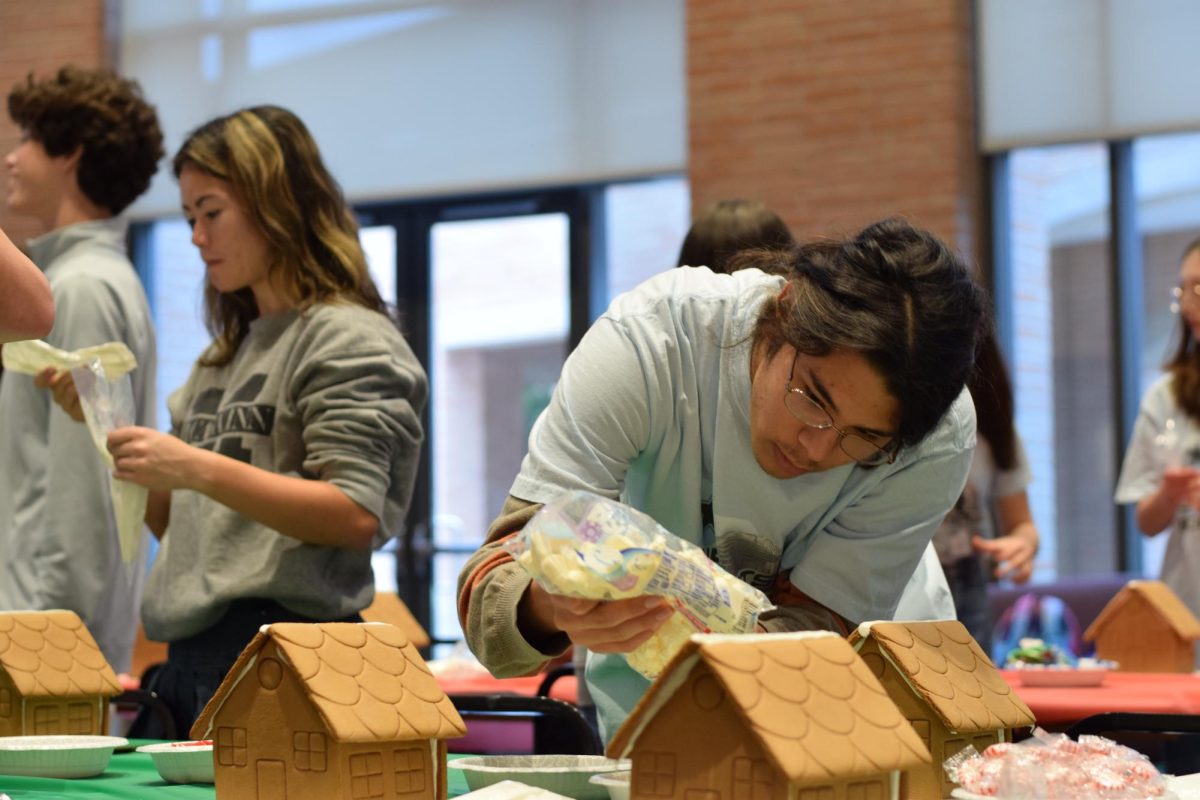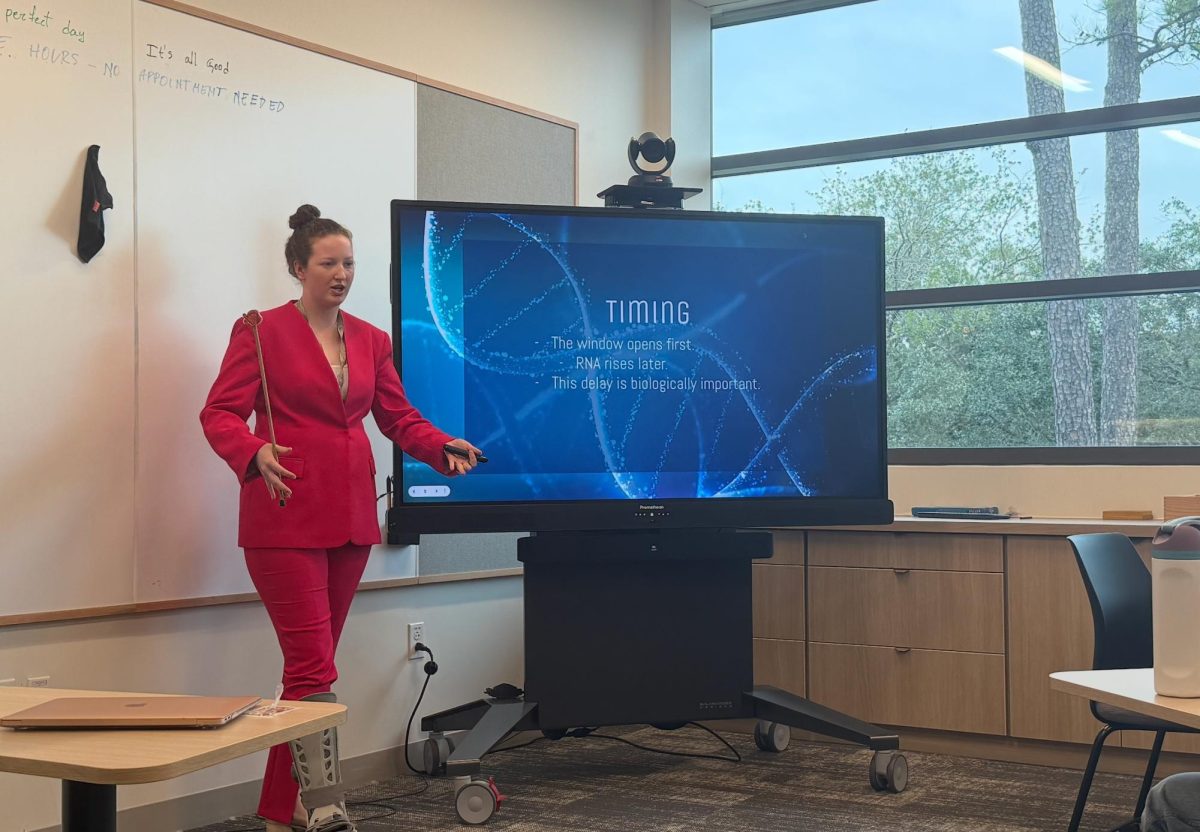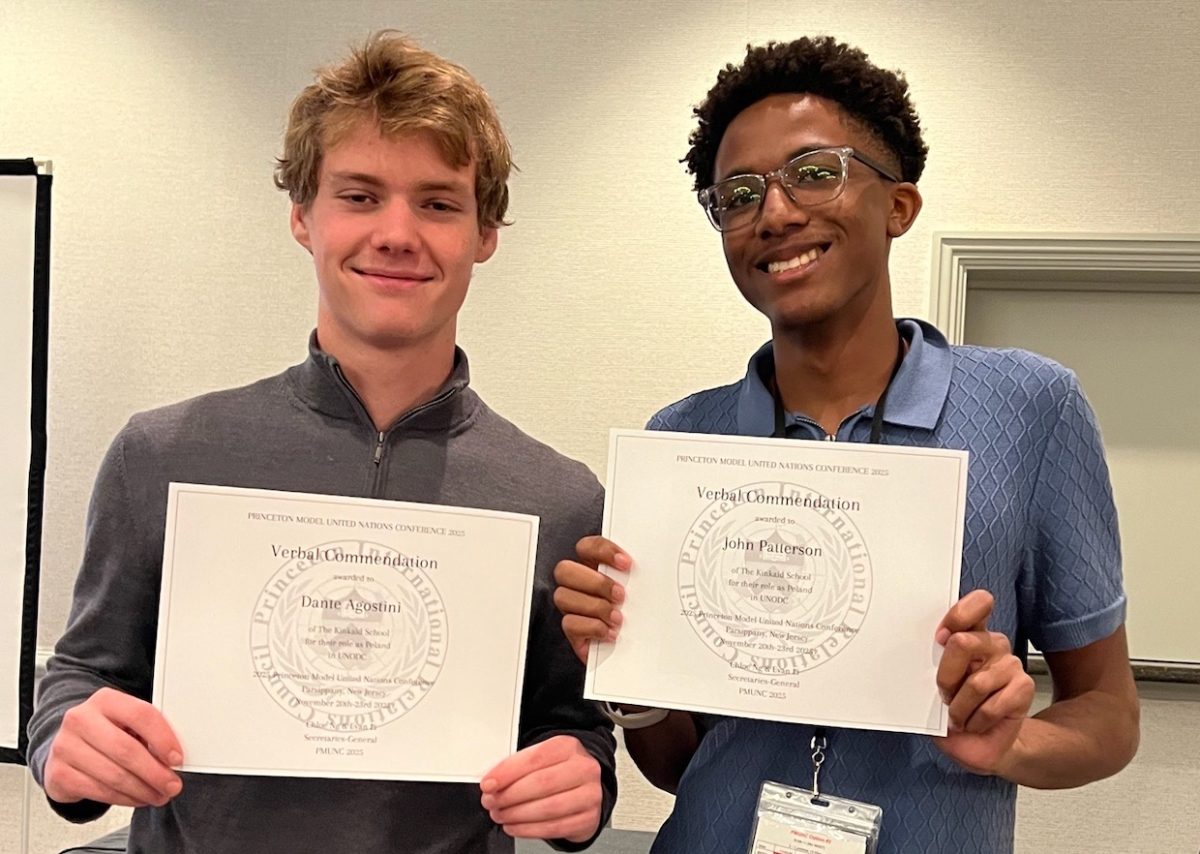The superiority of single-sex versus co-educational schools has been highly debated and researched for years, and although no hard evidence shows that one offers a better education, families and students have their own reasons for attending one instead of the other.
The Southwest Preparatory Conference (SPC), which Kinkaid is associated with, has three single-sex schools and 13 co-educational schools. Two of the single-sex schools are for boys, and one is for girls. Kinkaid interacts and competes with both co-educational and single-sex schools in sports, arts, and academics through SPC and the Independent Schools Association of the Southwest (ISAS). Neither the co-ed or the single-sex schools receive more accolades on average, so why would a family favor one kind of school rather than another?
A comparison of same-sex and co-ed schools in 2005 by the U.S. Department of Education concluded that the results from the academic comparison are mixed and not conclusive enough for the department to endorse either type of schooling, despite people’s personal opinions.While the academic rigor seems no different between same-sex and coeducational schools, the environments of both schools differ in many ways.
To start, students, especially in girls’ schools, are more relaxed when it comes to dressing for school, according to teacher and coach Cheryl Mitchell, who taught lower, middle and upper school at Hockaday before moving to Kinkaid to teach middle and upper-schoolers more than twenty years ago.Mrs. Mitchell recalled that at Hockaday, “they weren’t worried at all about how they looked when they came to school.” Another difference involves the classroom interactions. In Ms. Mitchell’s experience, “the girls at Hockaday came across as more assertive, and more willing to speak up and speak their mind, give their opinion,” said Ms. Mitchell.
She added that Hockaday emphasizes giving every student the confidence to speak up and to take on leadership opportunities, which is something that Kinkaid is trying to replicate through mandates such as requiring one boy and one girl from each grade to be elected to the Honor Council.
Casey Fleming, an Upper School English teacher, said she felt similarly about the all-women’s environment when she attended Smith College. “When I went to visit a class there, one thing I did notice– this was true throughout my whole experience there– is that the way that young women spoke in class was different from the way they spoke in class when boys were with them, and it was noticeable. They talked as if they had authority in their voice; they challenged each other,” said Mrs. Fleming. Though it may not be true for every single-sex school, both Ms. Fleming and Ms. Mitchell had similar experiences, though Ms. Fleming’s observations were at the collegiate level.
Ms. Mitchell has now taught at Kinkaid for more than 20 years and said she loves teaching both boys and girls. “I remember, especially when I was coming to Kinkaid, worrying what it would be like to have upper school boys in a classroom because I had never experienced that, and what surprised me the most is that I loved it. Just a different point of view, different sense of humor,” said Ms. Mitchell, “I was really impressed with the girls at Kinkaid; they seemed to just engage and lean in and especially in the Upper School … It doesn’t seem like [Kinkaid students] allow gender to impact their learning.”
When choosing colleges, the vast majority of students from Kinkaid end up at co-ed universities. “Not very many students from Kinkaid go to same-sex schools, and I wish it were on people’s radar a little more,” said Mrs. Fleming, “I also think that there are those fears and stereotypes that [their] social life is going to be compromised, or [they are] not going to understand the culture… or people don’t understand the point.”
While the environment is certainly different at a single-sex college, Ms. Fleming added that the social stereotypes do not always ring true. “I think my [social life in college] was different, but not compromised,” said Mrs. Fleming. She said the environment also provides a sense of self-exploration for many who attend. “There is a kind of deep knowing of one’s self that happens when you are with people of your sex and gender. It is something about the isolation that matters.”
It seems whether students are at a same-sex or co-ed school, as long as students are determined to learn, they will. “There is so much similarity in how hard the kids work,” said Ms. Mitchell. In her experience, “the students at Kinkaid and the students at Hockaday are [both] really committed to getting a good education.”








